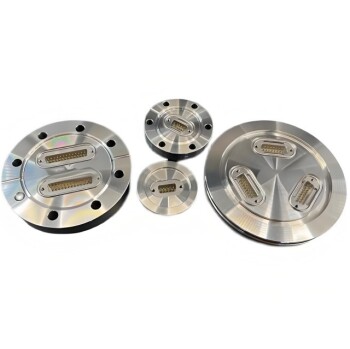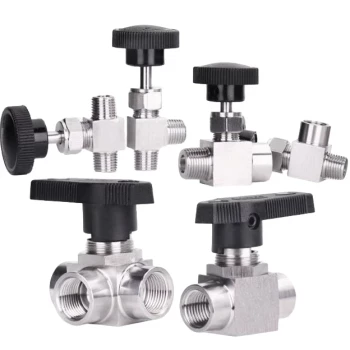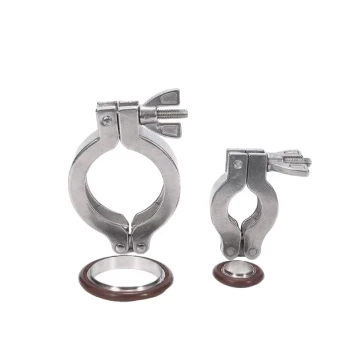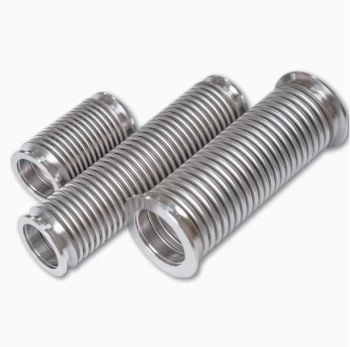For connecting Silicon Carbide (SiC) resistors, the overwhelmingly preferred method is a parallel circuit configuration. This design leverages the unique electrical properties of SiC to create a self-balancing system that promotes uniform heating and maximizes the service life of the components. While series connections are technically possible, they introduce significant risks that often lead to premature and catastrophic failure.
The core challenge with SiC resistors is that their resistance changes with both temperature and age. A parallel connection scheme turns this challenge into an advantage, creating a self-regulating circuit, while a series connection amplifies these resistance differences, leading to thermal runaway.
The Core Principle: SiC's Positive Temperature Coefficient
To understand why connection methods are so critical, you must first understand the material's fundamental behavior.
What is a Positive Temperature Coefficient (PTC)?
SiC is a PTC material. This simply means that as its temperature increases, its electrical resistance also increases.
This behavior is the primary reason for the self-balancing effect seen in parallel circuits.
The Inevitable Impact of Aging
Over its operational life, a SiC resistor's base resistance will permanently increase. This means that even if you start with a perfectly matched set of new elements, they will inevitably drift and develop different resistance values over time.
Why Parallel Connections Are Superior
A parallel circuit design works with the PTC nature and aging characteristics of SiC, not against them.
The Self-Balancing Effect
Imagine two SiC elements in parallel. If one has slightly lower resistance, it will initially draw more current and get hotter than its partner.
Because of its PTC properties, its resistance will then increase. This increase automatically redirects current to the cooler, lower-resistance element until they both stabilize at a similar temperature and power output. This creates a stable, self-correcting system.
Simplified Replacement and Maintenance
When an aged element in a parallel circuit fails or needs replacement, you can install a new, lower-resistance element. The self-balancing effect will ensure the new element integrates smoothly with the older ones without creating a critical imbalance.
Understanding the Trade-offs and Risks
While parallel is the standard, understanding the "why" involves recognizing the dangers of other methods and the physical constraints of the system.
The Danger of Series Connections
In a series circuit, the current is the same through all elements. If one element has a higher resistance (due to age or manufacturing tolerance), it will dissipate more power (P = I²R) and get hotter.
This heating further increases its resistance (due to PTC), causing it to get even hotter. This feedback loop creates a thermal runaway that will quickly destroy the highest-resistance element, breaking the entire circuit.
The Importance of Physical Mounting
Proper electrical connection is irrelevant if the element breaks from mechanical stress. SiC elements are brittle and must be installed correctly.
They must not be placed under tension. The mounting system must allow the elements freedom to expand and contract as they heat and cool. Failure to account for thermal expansion is a leading cause of element failure.
Power Supply Considerations
In a parallel circuit, the "cold" resistance of the elements is at its lowest. This means the initial current inrush when the system is turned on can be very high. Your power supply must be robust enough to handle this peak demand without tripping.
Making the Right Choice for Your Application
Your connection strategy should be guided by the principles of reliability and system longevity.
- If your primary focus is reliability and longevity: Always use parallel connections. This is the industry standard for leveraging SiC's self-regulating properties and avoiding cascade failures.
- If you are replacing a single element: A parallel circuit is highly forgiving, allowing a new element to balance its load automatically with older, higher-resistance elements.
- If you are designing a new heating system: Specify a parallel electrical circuit and ensure the mechanical design allows for thermal expansion. These two factors are equally critical for success.
By understanding these principles, you can design a robust and efficient high-temperature system built for long-term performance.
Summary Table:
| Connection Method | Key Advantages | Key Risks |
|---|---|---|
| Parallel | Self-balancing, uniform heating, easy replacement, long service life | High initial current inrush requires robust power supply |
| Series | Technically possible | Thermal runaway, premature failure, catastrophic circuit break |
Need reliable high-temperature solutions for your lab? KINTEK leverages exceptional R&D and in-house manufacturing to provide advanced furnaces like Muffle, Tube, Rotary, Vacuum & Atmosphere, and CVD/PECVD Systems. With strong deep customization, we precisely meet your unique experimental needs. Contact us today to enhance your lab's efficiency and durability!
Visual Guide

Related Products
- Silicon Carbide SiC Thermal Heating Elements for Electric Furnace
- Split Multi Heating Zone Rotary Tube Furnace Rotating Tube Furnace
- Chairside Dental Porcelain Zirconia Sintering Furnace with Transformer for Ceramic Restorations
- 2200 ℃ Graphite Vacuum Heat Treat Furnace
- Ultra-High Vacuum Flange Aviation Plug Glass Sintered Airtight Circular Connector for KF ISO CF
People Also Ask
- What types of heating elements are commonly used in drop tube furnaces? Find the Right Element for Your Temperature Needs
- What is silicon carbide used for in heating applications? Discover Its High-Temperature Durability
- What is the temperature range for silicon carbide heating elements? Unlock High-Temp Performance from 600°C to 1625°C
- What parameters does the IEC standard specify for heating elements? Ensure Safety and Performance
- What are the operational characteristics of SiC heating elements? Maximize High-Temp Performance and Efficiency



















